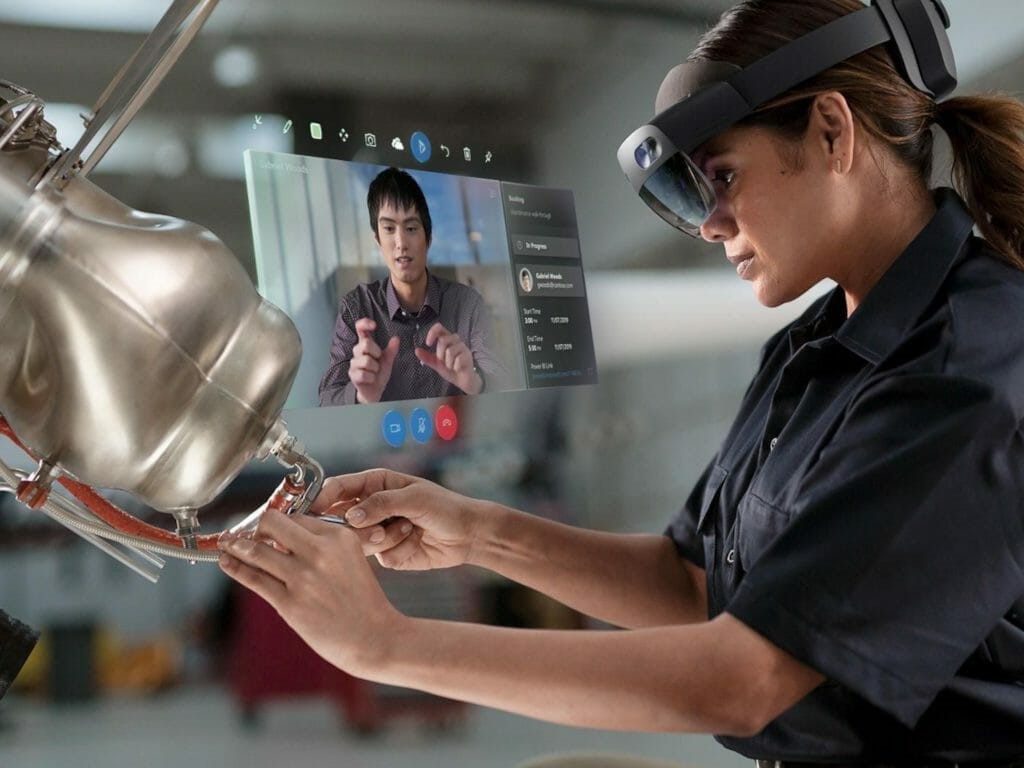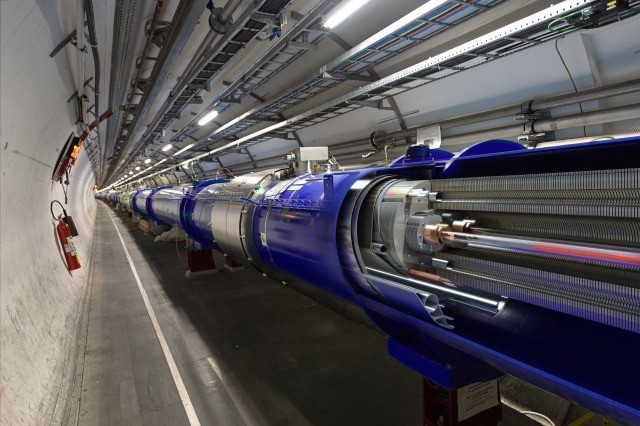Augmented and virtual reality add a new dimension to technology-enabled teaching and learning.
Through the use of augmented reality, we have the opportunity to see fragments of virtually inserted visuals, video, music, or GPS data and information superimposed over a view of the real environment. The GPS location on your smartphone is probably the most well-known example of augmented reality. In addition, you can have an experience of augmented reality by using other apps such as:
- Froggipedia
- Augment
- Jigspace
- View
- Quiver
A complete submersion into the world of computer-generated reality is what is meant by the term “virtual reality.” Although it is not always attainable at the moment, the ideal form of virtual reality will comprise the simultaneous stimulation of all five senses, namely sight, hearing, smell, taste, and touch. However, this is not always the case at the moment. The utilisation of virtual reality simulations can be beneficial to industries such as tourism, shopping, education, healthcare, and Industry 4.0. There are a plethora of virtual reality (VR) products currently available, including:
- Oculus Go
- HTC Vive
- Virtual Reality for the PlayStation®
- The Hololens from Microsoft
- Google Cardboard/daydream view
A combination of Augmented Reality and Virtual Reality is known as Mixed Reality (MR). Virtual reality (MR) is a technology that combines your vision of the real world with computer-generated or digitally-created images. In addition to this, it makes it easier to anchor and interact with things that have been virtually inserted into the area that you are in. Because MR and AR are now located in such close proximity to one another, this proximity may lead to some confusion. A form of augmented reality that is both more engaging and more interactive is called mixed reality (MR). The items found in Hybrid Reality are more accurate representations of their respective real-world applications. Take for example the Hololens app, which is considered a hybrid or mixed reality.
Microsoft has designed the Hololens HMD (Head Mounted Display) with advanced sensors that detect your interaction within a mixed environment. It analyses how you interact with the digital data present in your actual view environment. The Hololens is an example of a holographic device used for mixed reality. Other Immersive devices include the Acer Windows Mixed Reality Headset and the HP Windows Mixed Reality Headset Developer Edition.

The Hololens is also considered as holographic device. Other Immersive devices include the Acer Windows Mixed Reality Headset and the HP Windows Mixed Reality Headset Developer Edition. These HMDs are opaque and completely block out the outside world. In addition, they use a camera for tracking and surveillance purposes.
Hybrid Reality can be utilized for educational purposes, such as in the fields of mechanics, medicine, Biotechnology etc. It aids in worker assistance by providing clear instructions.

It interacts appropriately with the real-world scenario and generates superior solutions and practises.
AI and Metaverse: An Important Integration of Technology!
AI and Metaverse have the intention of driving and integrating various virtual transformation technologies. In addition, the future of the Metaverse is a hot issue of discussion among specialists in the field of technology. The Metaverse is a universe of virtual reality that enables user interactions by making use of a wide range of technologies, such as AI, augmented reality, virtual reality, and so on.
In addition, users are able to interact with three-dimensional digital items as well as virtual avatars by making use of a variety of technologies and solutions. AI and the Metaverse collaborate to bring out breakthroughs and advancements that herald the beginning of a new era of reality. Bloomberg predicts that the market for the Metaverse will reach $783.30 billion by the year 2030, with a compound annual growth rate (CAGR) of 13.10 percent. According to the findings obtained by McKinsey, fifty percent of respondents stated that their organisations had already incorporated AI in at least one aspect of company operations. According to a study conducted by Deloitte, forty percent of employees report that their companies have a comprehensive AI strategy. Artificial intelligence (AI), augmented reality (AR), virtual reality (VR), fifth-generation wireless (5G) networks, and blockchain are all expected to work together to create a virtual reality within the Metaverse, which is a primary component of Industry 5.0.
The term “Metaverse” is derived from the combination of two words: “Meta,” which refers to transcendence or virtuality, and “verse,” which is a contraction of the word “Universe.” To put it another way, the Metaverse is a digital reality that, by employing a wide range of technological methods, recreates the conditions of the physical world. In addition to this, it creates a virtual space for users by utilising various technologies such as virtual reality, augmented reality, artificial intelligence, and so on. In addition to this, it brings together the digital and real worlds in order to provide users with the ability to purchase and sell solutions, produce things, engage with people and locations, and so on. As a consequence, the following is a list of the primary Metaverse levels:
- Infrastructure: The data centres, central processing units, graphics processing units, cloud computing, and other technologies are used to build the infrastructure and environment of the metaverse.
- Human Interface: Human Interface also encourages people to interact with the virtual world by utilising cutting-edge technologies in their experience. The experience can be improved, for example, by using mobile phones, smartwatches, smart glasses, and other types of wearable technology.
- Decentralization: In addition, the Metaverse manages massive data collections, which necessitates the use of a decentralised approach to problem solving. Edge computing, blockchain, microservices, and other similar technologies all offer options for the processing and examination of data.
- Computing in Three Dimensions: Three-dimensional computing makes it easier to digitalize Metaverse products, services, and solutions. In addition to this, it makes Metaverse interactions and activities much simpler and more effective.
- The Creator Economy: As the popularity of the Metaverse continues to rise, it drives creators, developers, and service providers to provide improved virtual solutions.
- Experience: Artificial intelligence, virtual reality, augmented reality, and extended reality, as well as other technologies, are used to design the functionalities of the Metaverse in order to offer its users a one-of-a-kind experience.
What role does AI play in the Metaverse?
The purpose of artificial intelligence is to facilitate a wide range of Metaverse functions. In addition to this, it makes it easier for users to access a variety of virtual world environments. In addition to this, it helps users create content and promotes human engagement with other users while also providing support virtually.
Integrations of many types of reality, including augmented reality, virtual reality, and mixed reality, are what AI and the Metaverse are all about. AI also broadens the possibilities of the Metaverse by enabling users and businesses to produce, purchase, and sell a wide variety of products, services, and solutions. This, in turn, creates new opportunities. In addition to this, it would encourage users to work together with both other users and businesses in order to broaden their scope of available prospects.
AI not only enables the virtual world to deploy a variety of services but also enables the Metaverse to do so by combining the virtual world with NLP, computer vision, and neural interface. Because of this, artificial intelligence plays a significant part in the Metaverse, which provides dependability and enhances performance for a more satisfying experience.
In addition to this, the building of translation systems for new AI models and virtual assistants is a necessary step in the process of developing AI for the Metaverse. In order for the Metaverse to be realized, it is necessary for AI to reach its full potential and become reliable in people’s everyday lives. In addition to this, it claims to give pictures, sounds, and sensations that are extremely lifelike.














